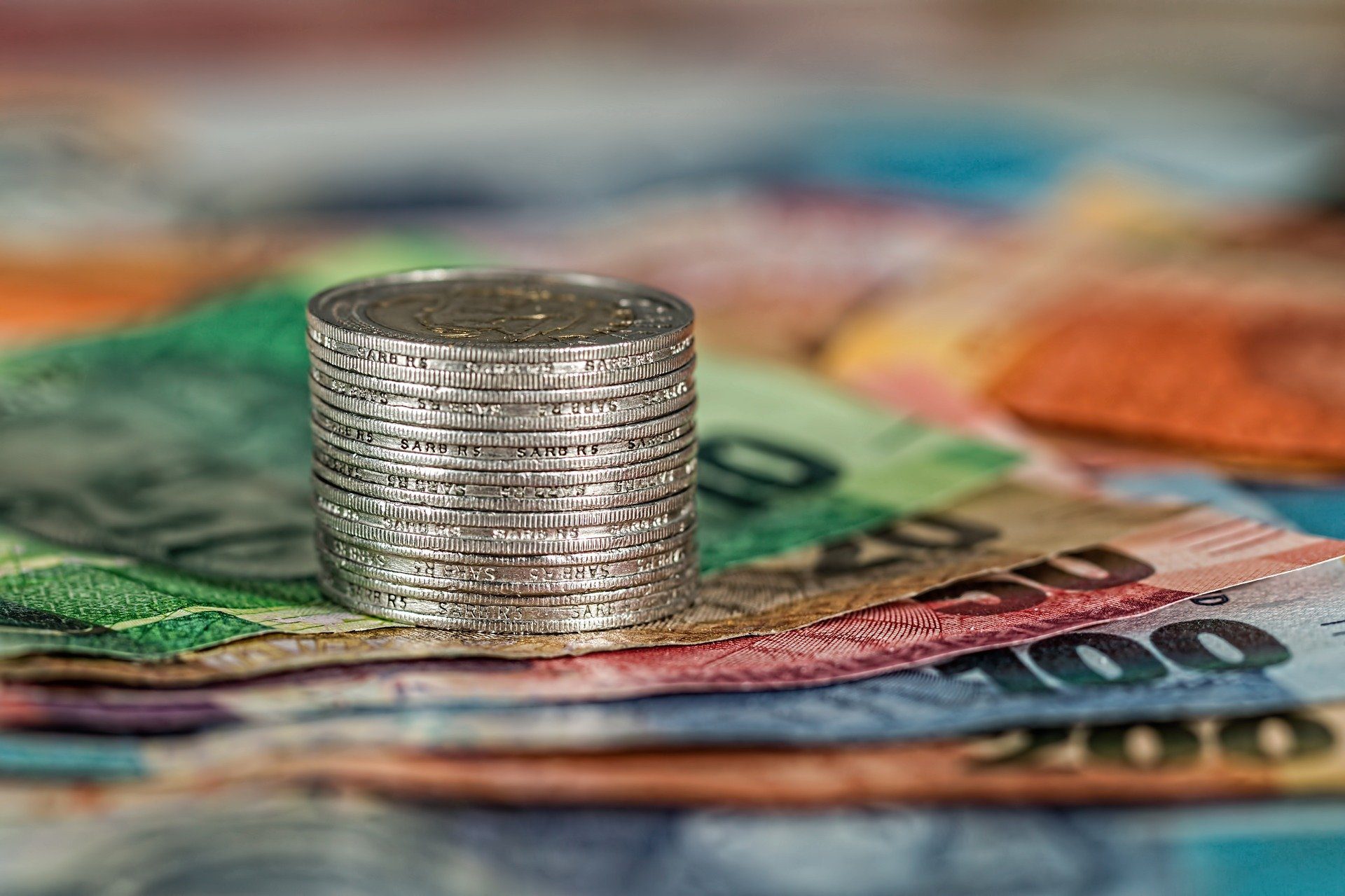A guide to four basic forex trading strategies

Forex trading, which stands for foreign exchange trading, is the buying and selling of currencies. The forex market is currently the largest financial market in the world, with daily trade volume of trillions of dollars.
Investors participate in forex trading for the market’s high liquidity, low costs, and convenience. But they’re not the only ones active within the market. In fact, the decentralised market is made up of central banks, large enterprises that conduct international businesses, professional traders, financial institutions such as retail banks and brokers, and retail traders.
In this article, we’ll briefly go through the fundamentals of forex trading and a bit about the forex market. Finally, the bulk of the article will be focused on explaining forex trading strategies and how they can be categorised by duration.
The fundamentals of forex trading
The two most basic categories of forex trades are the long trade and short trade. When a trader goes long, they are essentially buying a currency because they believe it will appreciate. Conversely, when they go short, they are selling a currency because they believe it will depreciate.
The most important thing a forex trader should remember is that all currencies are traded in pairs. Therefore, when they are going long and short, they should also think about the other currency in the pair they are trading. For example, when a trader goes long EUR/USD, they are buying Euros and simultaneously selling US dollars. When they go short GBP/JPY, they are selling British ponds and simultaneously buying the Japanese yen.
Traders should take the time to monitor both currencies and their price charts before deciding which currency pair to buy or sell. If they are trading multiple currencies at the same time, they should also ensure that they are not indirectly cancelling out their own trades.
For example, a trader decides to open a position going long EUR/USD. He also then opens another position, going long EUR/CAD. And finally, he opens the last position, going short CAD/USD. In this case, he would be buying Euros and US dollars in his trades, while also selling US dollars and Canadian dollars.
Depending on the size of his trades, he may end up cancelling out his buying and selling of US dollars. Even if he is aware of this and made the conscious decision to do this, he is setting himself up for inconvenience and confusion.
Categories of forex trading strategies
Going long and short are positions that forex traders can take. Forex strategies can be classified based on the duration of the trades when they are executed. Below are four of such:
-
Scalping
Scalping is a forex trading strategy that is the most short-term of all. A scalp trade consists of a trader opening and closing a position in a matter of seconds or a few minutes at most.
Scalping is employed by traders who prefer to make many small profits throughout the day. And they are best used in volatile markets that provide plenty of movement and fluctuations. This is so that traders can get in and out of trades quickly while still being able to profit. These profits accumulate into bigger profits.
Scalpers tend to be traders that have limited time and do not like to keep positions open for long periods of time due to personal preference or lifestyle restrictions. For example, someone who works full-time may be interested in scalping when they have a spare minute on their commute time and their lunchbreak, or just before the bed.
The fact that trades only last a few seconds or a few minutes means that they do not have to constantly be monitoring market charts, which can save them a whole lot of stress and anxiety.
-
Day trading
Day trading are also relatively short-term positions, and forex traders who day-trade typically hold positions open within the day. The actual duration of the open position can last anywhere between a few minutes to a few hours, as long as the position is not open overnight.
Day trading offers the advantage of having a bit more leeway for traders to regard market charts, and the fact that they close before the day ends can also prevent traders from incurring overnight charges on their trading platform.
Just like scalp trades, many day trades can be executed in one day. Day traders typically prefer to accumulate many small profits than to make one big one, once. And just like scalp trades, forex traders will also typically rely on technical analysis due to the short duration of each trade. They will analyse market charts closely beforehand, predict whether a currency will appreciate and depreciate, and make the trade.
As such, having a knowledge of technical analysis and knowing how to use technical analysis tools on a trading platform is vital for the success of day traders. Fundamental analysis, on the other hand, is not as frequently used due to the fact that their trades are open for only a short time.
-
Swing trading
Swing trading takes place over a longer period than day trading, typically over for a few days or weeks. Usually, swing traders open positions during moments of uncertainty in the market, such as before or during major political announcements, economic turmoil, and during pivot points in diplomatic relations. Concrete examples include the US election, the Brexit vote, and local elections of each country issuing the currency.
Swing traders typically use technical analysis in conjunction with fundamental analysis, holding positions for over a few days. They also tend to keep a close eye on currency price movements despite the trade stretching over a few days, as they tend to trade during moments of volatility.
-
Position trading
Finally, the longest forex trades are position trades, and they take place over a long period of time, lasting for a few months up to many years. These long-term trades typically executes with the use of fundamental analysis. And short-term volatility does not affect forex traders of this type .
Position trading can be very lucrative so patient traders who do not require immediate cash prefer this. They most closely resemble buy and hold investing, but position forex traders can profit from both bullish and bearish markets. And they can go both long and short depending on the market outlook.
Conclusion
Choosing the right type of forex trading strategy depends on your needs and your personal preferences. It also depends hugely on the skill set you have. Some traders are better at technical analysis and can read chart patterns easily, while others prefer fundamental analysis. For traders cannot monitor charts closely throughout each day, they can either take on scalping. Or they can hold onto their investments long-term.
For more information on currency pairs available for trading, you can take a look at the offerings of Saxo Bank.




